At Tobacco Road we insist on using only consciously tanned and finished leather. This is the only way to yield a unique and durable product that only gets better with time.
To achieve this, our journey to procure this amazing leather starts off in the Swiss Alps. There they have the strictest animal welfare regulations in the world. This insures high-Quality Cattle Farming practices and provides extremely well-maintained cattle farms. Because Cows are raised in comfortable and healthy environments, they most always produce higher quality hides. Another contributing factor is the pristine clean and unpolluted Swiss environment, which also contributes to healthier cows and in turn higher quality hides. This is what achieves the sought after characteristics of premium Swiss cow leather.
Not All Cows are Treated Equal
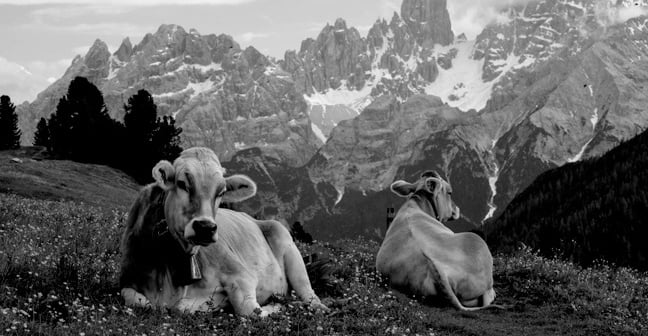

Before the hides can make their way to the tannery, they need to be Preserved. The leathers we consume are Salted, and not chemically treated with toxic chromium sulfate, commonly used to accelerate the tanning process.
The practice of salting dates back in Europe to as early as the medieval period. Even as tanning and leather working techniques evolved, the importance of salting persisted. It works by covering the hide with a layer of salt that inhibits bacterial growth and prevents the hide from decomposing. It does so by drawing out moisture and creating a preservation barrier. It also ensures that the hide is evenly preserved, allowing for consistent and uniform tanning results. By opening up the hide’s fibers and pores, it allows the tanning agents to penetrate more effectively during the vegetable tanning process later on. In essence, salting prepares the hide for the tanning process by preserving it, preventing spoilage, and creating optimal conditions for effective tanning and the development of high-quality vegetable-tanned leather.
Cured
With Salt
And No
Chromium
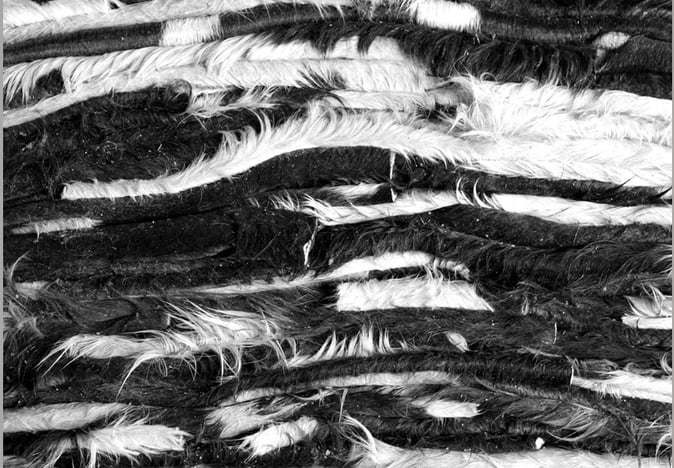

Our journey continues south to Italy. A country famous for vegetable-tanned leather due to a combination of history, traditional craftsmanship, and access to high-quality resources and a strong commitment to quality and sustainability.
Abundant natural resources including oak and chestnut trees found in the region provide the necessary tannins for vegetable tanning. The region’s rich soil and climate are also conducive to growing these tannin-rich trees. But most important of all is Italy’s commitment to environmental considerations. This focus on environmental responsibility has contributed to the popularity of vegetable-tanned leather in the region. Generally, vegetable-tanned leather can take longer to produce than today’s modern chemical techniques. Times can range from a few weeks to a couple of months, as the natural process is slower and requires more careful handling.
Naturally
Italian
Naturally
Tanned
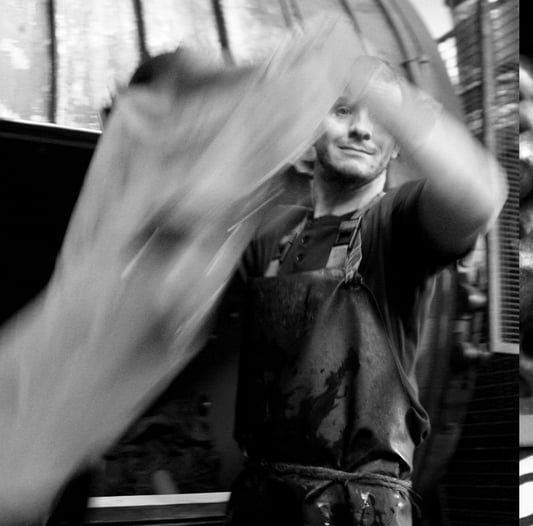

Skilled artisans in the region of Tuscany over the centuries have honed their craft to perfection by passing down their knowledge and skills. Thus contributing to the creation of the highest quality vegetable-tanned leather in the world. The emphasis on handmade craftsmanship and the creation of artisanal products has made Tuscan leather a hallmark of the region. This noble and conscious approach to leather tanning resonates with consumers who appreciate the attention to detail and unique qualities that come with vegetable-tanned leather. It’s natural appearance and durability, the rich patina development over time, its ability to age gracefully all combined with an age long passion for fashion. No wonder it has become a well sought-after material for the luxury leather goods market and an integral part of Toscany’s cultural identity. Atracting leather enthusiasts, designers, and tourists alike, all seeking out authentic Tuscan leather goods.
A Classic
Tuscan
Artisan
Tradition
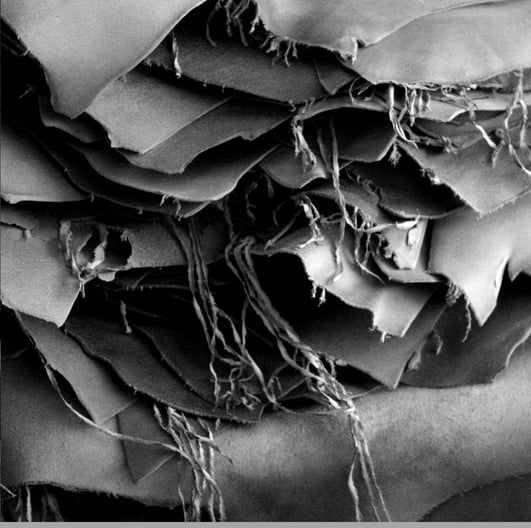

Emphasis on sustainability and environmentally friendly practices aligns well with vegetable tanning. It is the most eco-friendly tanning method for the environment primarily because it utilizes natural tannins from plant sources, which are biodegradable and less harmful to ecosystems when compared to the chemicals used in chromium tanning (read dangers of chrome tanning). The tanning process of vegetable-tanned leather is more environmentally friendly as it doesn’t produce as much pollution and toxic waste. Additionally, the longevity and ability to develop a unique patina over time encourage longer use, reducing the demand for frequent replacements that can contribute to waste. Creating products that last.
Lasting
Value
Elegance
& Beauty
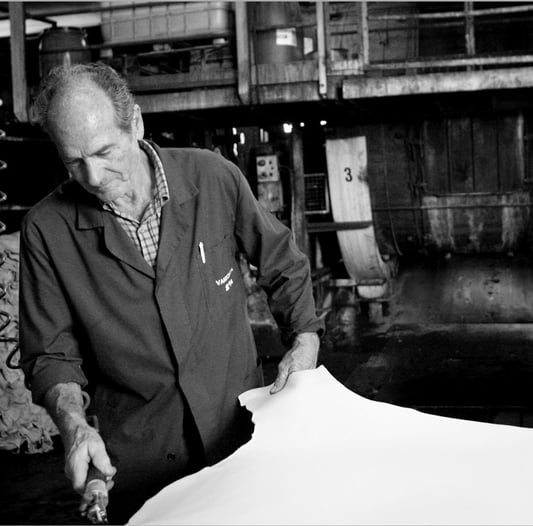

Guaranteed Certification
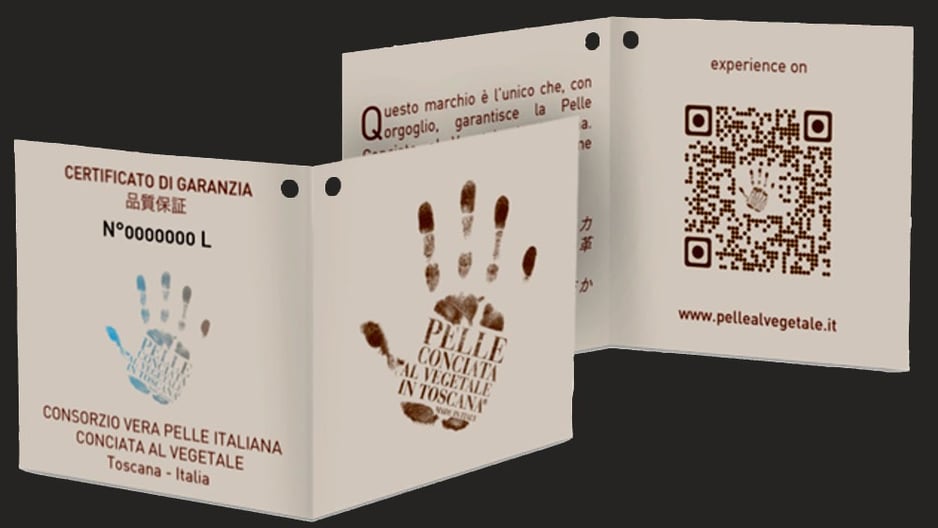

Trademarked
Our Certificate Guarantees the traceable origin, tanning process by the tanneries associated with the consortium. Each trademarked certificate is printed with anti-counterfeiting techniques and bears a progressive serial number that allows the consortium to identify, at anytime and anywhere in the world, both the tannery supplying the leather and the manufacturer of the product.
On the back of the card there is a QR code through which it is possible to enter into the Consortium reality watching a video on our traditions and their social media.
The trademark, owned by the Consortium, can be used only by the associated tanneries that respect the internal regulations and the technical production standards set by the Consortium itself and can be granted in use only to those customers who purchase the leather from the associated tanneries
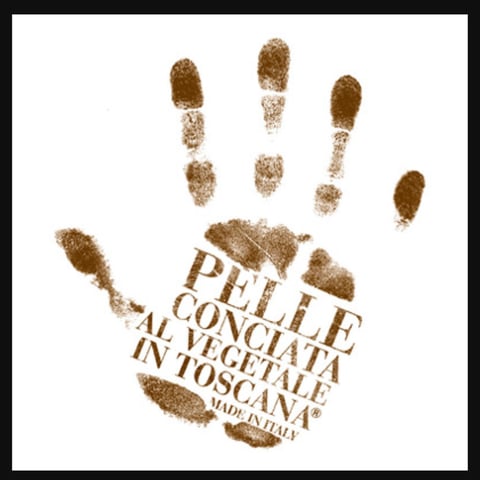

Italian Stamped Croco

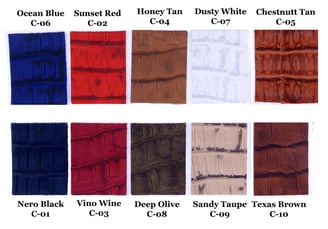
Our Veg-Tanned Leatrhers

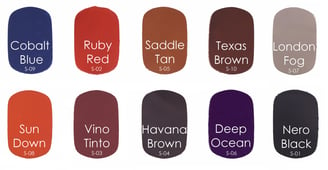
Italian Smooth Finished
Get in touch for inquiries and support.
Follow
reach out
info@tobaccoroad.com
305-266-6677
© 2025. All rights reserved.
